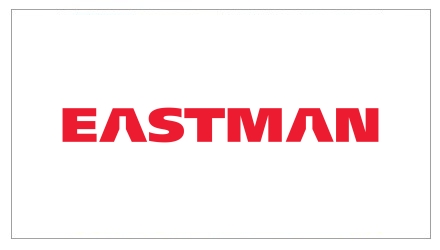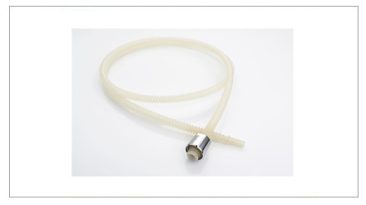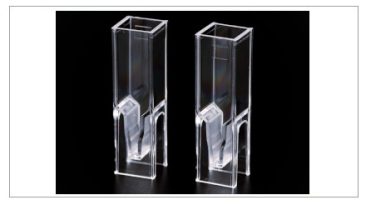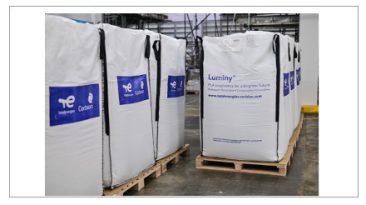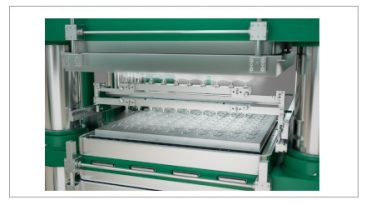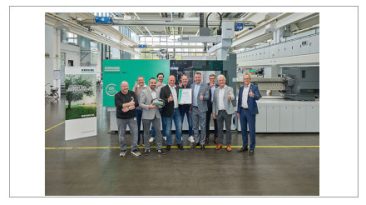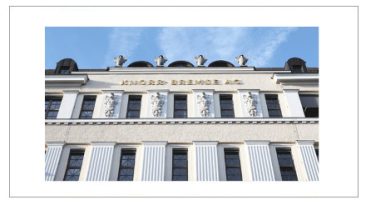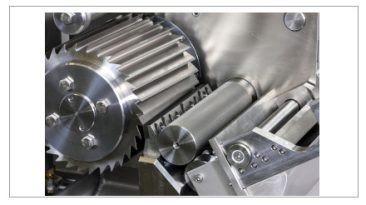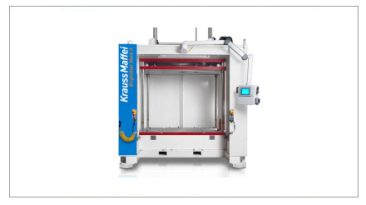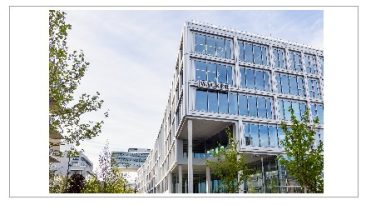Eastman Chemical Company announced its fourth-quarter and full-year 2018 financial results.
“We ended the year with a challenging fourth quarter primarily due to reduced demand for specialty products in China as well as the slow flow through of higher raw material costs in an environment of customer destocking beyond normal seasonality,” said Mark Costa, Board Chair and CEO. “The end result for the full year was adjusted EPS growth of 8 percent, within our targeted long-term range of 8 – 12 percent. Equally important, we delivered free cash flow of approximately $1.1 billion despite slowing economic growth and higher raw material costs. Consistent with our strategy, we made progress in a number of areas, including strong new business revenue growth and continued cost discipline. We remain confident in the resiliency of our portfolio and the sustainability of our strong cash flow going forward.”
Consolidated Financial Results 4Q 2018 versus 4Q 2017
Fourth quarter sales revenue of $2.4 billion increased slightly as higher selling prices across three of four segments were mostly offset by sales volume declines in Chemical Intermediates and Advanced Materials.
Reported and adjusted EBIT decreased primarily due to a year-over-year increase of raw material, energy and distribution costs of approximately 8 percent and an unfavorable shift in product mix attributed to more than seasonal customer inventory destocking primarily in China for premium specialty plastics products in Advanced Materials as well as coatings and tire additives products in Additives & Functional Products. In addition, Eastman continued to invest in growth initiatives during the fourth quarter.
Reported earnings per share declined primarily due to lower EBIT and an estimated net tax benefit recognized in the fourth quarter 2017 as a result of tax law changes. Adjusted earnings per share declined due to lower EBIT, partially offset by share repurchases and a lower adjusted effective tax rate.
Segment Results 4Q 2018 versus 4Q 2017
Additives & Functional Products – Sales revenue was little changed as higher selling prices attributed to rising raw material, energy and distribution costs were offset by the negative impact of foreign currency exchange rates.
Reported EBIT included a charge for impairment of crop protection business goodwill in 2018. Reported and adjusted EBIT declined primarily due to higher selling prices being more than offset by higher raw material, energy and distribution costs in part attributed to increased competitive pressure in adhesives resins. In addition, an unfavorable shift in product mix primarily attributed to more than seasonal customer inventory destocking for specialty products primarily in China and Europe, particularly for coatings and tire additives products, also contributed to a decline in earnings.
Advanced Materials – Sales revenue decreased due to lower sales volume for specialty plastics, which was partially offset by sales volume growth in interlayers and performance films products in auto and architectural markets. The lower sales volume in specialty plastics was attributed to customer inventory destocking related to uncertainty caused by the U.S. – China trade dispute.
Reported and adjusted EBIT declined primarily due to higher raw material costs, particularly for paraxylene, and lower sales volume partially offset by improved product mix. Under the previous revenue recognition accounting standard, Advanced Materials adjusted EBIT in fourth quarter 2018 would have been $11 million higher.
Chemical Intermediates – Sales revenue increased mostly due to higher selling prices across the segment partially offset by lower sales volume resulting from actions taken to mitigate the impact of lower market selling prices for merchant ethylene. Chemical Intermediates continues to take actions to offset the impact of volatile raw material prices, with selling prices increasing 7 percent in the quarter.
Reported EBIT increased due to coal gasification incident costs in fourth quarter 2017. Adjusted EBIT declined due to higher raw material, energy and distribution costs partially offset by higher selling prices.
Fibers – Sales revenue increased due to strong textiles innovation products sales volume growth and sales of nonwovens products previously reported in “Other.” These factors were partially offset by lower selling prices. We continue to make progress with our textiles innovation platform with sales volume up over 40 percent in the quarter.
Reported EBIT increased due to coal gasification incident costs in fourth quarter 2017. Adjusted EBIT declined primarily due to lower capacity utilization caused by inventory destocking in the quarter.
Consolidated Financial Results 2018 versus 2017
Sales revenue in 2018 of $10.2 billion increased by 6 percent driven by higher selling prices in three of four segments, solid volume growth and improved product mix, as well as favorable foreign currency exchange rates in the first half of the year. Sales revenue grew in all regions, demonstrating that Eastman’s strategy of driving growth through innovation is helping to offset slowing economic growth.
Reported EBIT increased primarily due to coal gasification incident insurance in 2018 and costs in 2017 and included pension and other postretirement benefit plans mark-to-market adjustments in both periods. Adjusted EBIT was flat for the full year, with 10 percent earnings growth in the first half mostly offset by a challenging fourth quarter. The strong earnings in first half 2018 demonstrated the benefits of the company’s innovation-driven growth model and continued cost management, while the challenges in the fourth quarter included higher raw material, energy and distribution costs, the impact on demand of uncertainty from the U.S. – China trade dispute, and increased costs of approximately $25 million due to industrial gas supplier disruptions during the second quarter. Eastman also increased its growth investment by approximately $50 million in 2018.
Reported earnings per share declined primarily due to an estimated net tax benefit recognized in 2017 as a result of tax law changes. Adjusted earnings per share increased despite challenging macroeconomic conditions primarily due to share repurchases and a lower tax rate.
Segment Results 2018 versus 2017
Additives & Functional Products – Sales revenue increased 9 percent primarily due to higher sales volume, higher selling prices across the segment and a favorable shift in foreign currency exchange rates. The higher sales volume was primarily in care chemicals, coatings additives, animal nutrition, and tire additives and products in the segment which were previously reported in the Chemical Intermediates segment.
Reported EBIT included a charge for impairment of crop protection business goodwill in 2018 and coal gasification incident insurance in 2018 and costs in 2017. Reported EBIT declined primarily due to the goodwill impairment. Adjusted EBIT increased due to strong earnings growth in the first nine months driven by higher sales volume and a favorable shift in foreign currency exchange rates partially offset by the challenging fourth quarter described above. Growth investments in 2018 were approximately $20 million higher than in 2017.
Advanced Materials – Sales revenue increased by 7 percent primarily due to higher sales volume and continued improvement in product mix across the segment, including for premium products such as performance films, Saflex™ head-up displays (“HUD”), and Tritan™ copolyester. Together, sales volume and product mix contributed 5 percent to increased sales.
Reported EBIT included coal gasification incident insurance in 2018 and costs in 2017. Reported and adjusted EBIT increased primarily due to higher sales volume and improved product mix of premium products partially offset by higher raw material costs, particularly for paraxylene, in the second half of 2018. Growth investments in 2018 were approximately $25 million higher than in 2017.
Chemical Intermediates – Sales revenue increased as higher selling prices across the segment, including for acetyl and intermediates products, were partially offset by lower sales volume resulting from actions taken to mitigate the impact of lower market selling prices for merchant ethylene and products previously reported in the Chemical Intermediates segment being reported in the Additives & Functional Products segment in 2018. Lower sales volume was partially offset by strong functional amines products sales volume growth attributed to strengthened agriculture and energy markets.
Reported EBIT increased due to coal gasification incident insurance in 2018 and costs in 2017. Adjusted EBIT declined as the combination of higher selling prices, which more than offset higher raw material, energy and distribution costs, and higher sales volume (other than of merchant ethylene products) were more than offset by lower market selling prices for merchant ethylene and the $25 million impact of industrial gas supplier outages in second quarter 2018.
Fibers – Sales revenue increased primarily due to higher sales volume. The higher sales volume was primarily due to sales of nonwovens products previously reported in “Other” and textiles innovation products sales volume growth of approximately 30 percent.
Reported EBIT increased due to coal gasification incident insurance in 2018 and costs in 2017. Adjusted EBIT declined primarily due to lower acetate tow selling prices partially offset by higher textiles products sales volume.
Cash Flow
In 2018, cash from operating activities was $1.54 billion and free cash flow (cash from operating activities less net capital expenditures) was $1.08 billion. Priorities for uses of available cash include payment of the quarterly dividend, repayment of debt, funding targeted growth initiatives, and repurchasing shares. In 2018, the company returned $718 million to stockholders, with $318 million of dividends and $400 million of share repurchases. In addition, the company repaid $316 million of debt, with total borrowings reduced by $372 million including the impact of currency translation on the carrying value of euro-denominated borrowings. See Tables 5A, 5B, 6A, and 6B.
2019 Outlook
Commenting on the outlook for full-year 2019, Costa said: “We expect slower economic growth this year, with some of the challenges from the fourth quarter to persist in the first quarter. With this in mind, we remain focused on growing new business revenue leveraging our innovation-driven growth model. In addition, we expect to benefit from the flow through of lower raw material costs, aggressive cost management and returning cash to stockholders through continued significant share repurchases. We expect these actions will more than offset the negative impact of a strengthening U.S. dollar and projected higher pension costs. We therefore expect adjusted EPS growth in 2019 to be between 6 – 10 percent.”
The full-year 2019 projected earnings exclude any non-core, unusual or non-recurring items. Our 2019 financial results forecasts do not include non-core items (such as mark-to-market pension and other postretirement benefit gain or loss) or any unusual or non-recurring items, and we accordingly are unable to reconcile projected full-year 2019 earnings excluding non-core and any unusual or non-recurring items to reported GAAP earnings without unreasonable efforts.
Tax Items and Revenue Recognition Accounting Change
In the fourth quarter 2017, the Company recognized a provisional net increase to earnings of $339 million as a result of tax law changes, primarily the Tax Cuts and Jobs Act of 2017, and tax impact of outside-U.S. entity reorganizations, subject to adjustment during 2018. In fourth quarter 2018, the Company recognized a net decrease of $24 million, and in full year 2018 the Company recognized a net decrease of $20 million, to the estimated net tax benefit primarily due to deferred tax revaluations and income taxes related to foreign income inclusion.
Beginning in first quarter 2018, the Company adopted Accounting Standards Codification 606 under which the Company recognizes revenue when control of goods has been transferred to the customer, generally at the time shipment occurs. Under the previous revenue recognition accounting standard, the Company recognized revenue upon delivery of goods. Fourth-quarter 2018 EBIT under the new method of revenue recognition was $12 million lower, and full-year 2018 EBIT was $13 million higher than it would have been under the former method of revenue recognition.
Quelle: Eastman


